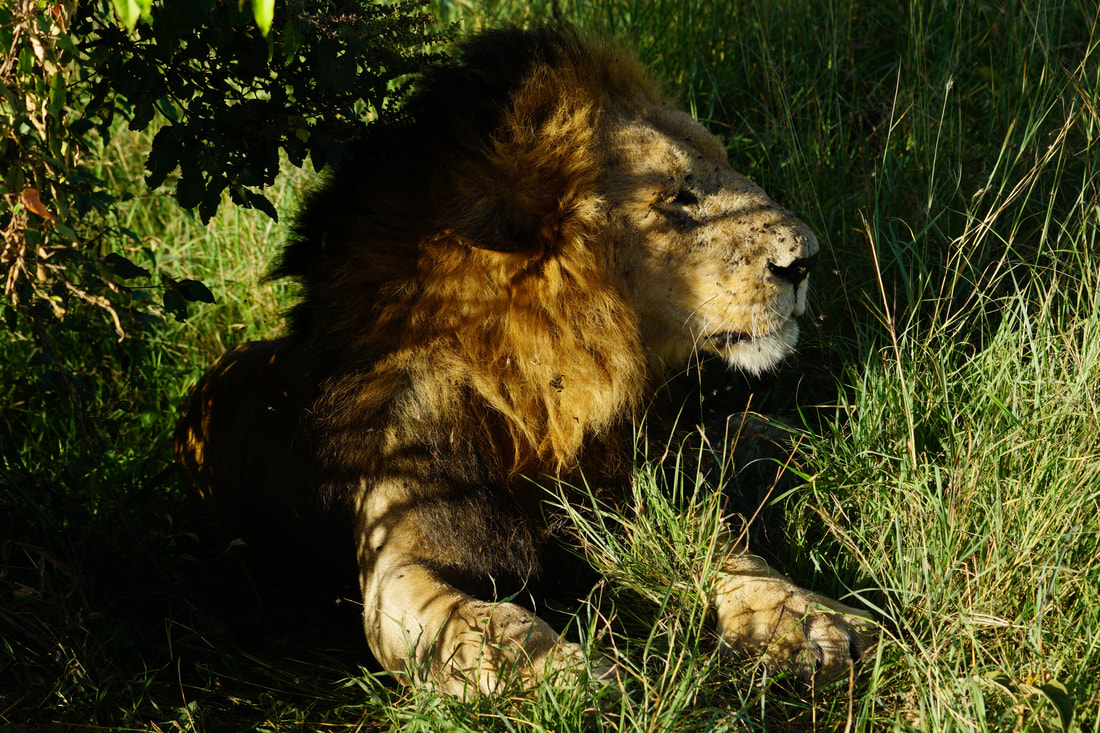|
What Is Poaching?
According to the Library of Congress, there are three conditions under which hunting is illegal:
What Motivates Poaching? Poaching is a profitable business because the body parts of these endangered animals are highly demanded in the market. Rhino horns, for instance, are believed to treat hangovers, impotence, fever, and cancer--though none is scientifically proven to be true. Ivory, on the other hand, is carved into jewelry, utensils, religious figurines, and trinkets. In addition, any general market conditions such as supply and demand fluctuations also affect poaching rates. For instance, the Chinese ban on ivory trade in 2017 might have blunted demand for elephant poaching, but also driving the value of ivory up. Lastly, one of the biggest motivations for poaching is poverty. According to CNN World, “There tended to be more poaching in areas with higher poverty density, leading researchers to suggest that the decline in poaching will not be sustainable without a decline in poverty.” Lack of income motivating poaching is also seen in poaching rates during COVID-19. According to VOA News, “Uganda’s national parks recorded a doubling of wildlife poaching during the pandemic compared to this time last year.” Why Is Poaching in Africa an Important Problem? Poaching is destroying endangered species populations in Africa. According to the African Wildlife Foundation:
What Is the State of Poaching Now in Africa? According to Save the Rhino, in the last decade, Africa lost 9,442 rhinos to poaching. The number of rhinos poached per year increased from 2008 to 2015, hitting a peak of 1,349 before slowly decreasing year by year afterwards. In South Africa, the country with the highest rhino population in the world, rhino poaching numbers have been steadily decreasing between 2014 and 2019 as well. Even though 2019 showed a significant decrease in poaching from the previous year, on average, a rhino is still being killed every 15 hours. In the Maasai Mara, not only are the aforementioned rhinos harmed by poaching, but also the lions, cheetahs, great apes, pangolins, and various other species suffer due to the perceived value of any of their body parts. What Are Anti-Poaching Solutions Currently Being Used? Technology can protect wildlife in many ways. For example, tagging and sensors allow for eavesdropping and monitoring of human activities remotely. Other monitoring solutions include camera traps, satellite images, etc. Most recently, technicians have been experimenting with drones due to their high potential of being an effective deterrent and Google Glass to track and document wildlife movements. Other creative anti-poaching solutions, according to One Green Planet, include anti-poaching dogs, dehorning rhinos, employing mobile veterinary units, and microchipping endangered species. What Are Some Ways You Can Help? If you would like to support anti-poaching efforts on the Maasai Mara, please donate--however much or little you can afford--to our GlobalResolve team. Aside from us, there are also a number of organizations doing tremendous work to preserve the wildlife populations on this planet, including but not limited to:
Lastly, as a consumer, you hold the power of influencing the demand--one of the biggest motivators of poaching as mentioned above--for poaching. Therefore, you can educate yourself on your purchases--their source, labor conditions, and materials. As you find out more information about the materials of the product, avoid products that are sourced from the body part of an endangered--or any--animal. This holds true for clothing, jewelry, silverware, decorations, and even food. The best way to be sure that your purchase does not contribute to the demand for poaching is by directly asking the shopkeeper where the product was made and whether it was permitted by its country of origin to be produced. As animals do not possess the voice to advocate for themselves, be the voice to protect them so that our future generations may still come to know of them.
1 Comment
|
Author
Cassidy Hornsby Archives
December 2020
CategoriesAuthor
Vivian Chen Author
Daniel Childress Author
Zara Doukoum Author:
My name is Miles Miller and my Maasai name is Ole Rakwa. I have been managing the development of the Maasai Automotive Education Centre for the past year and am back in Maasailand with my team for the next two months to work on the first stages of implementation and research for MAEC. It’s good to be back! |

 RSS Feed
RSS Feed